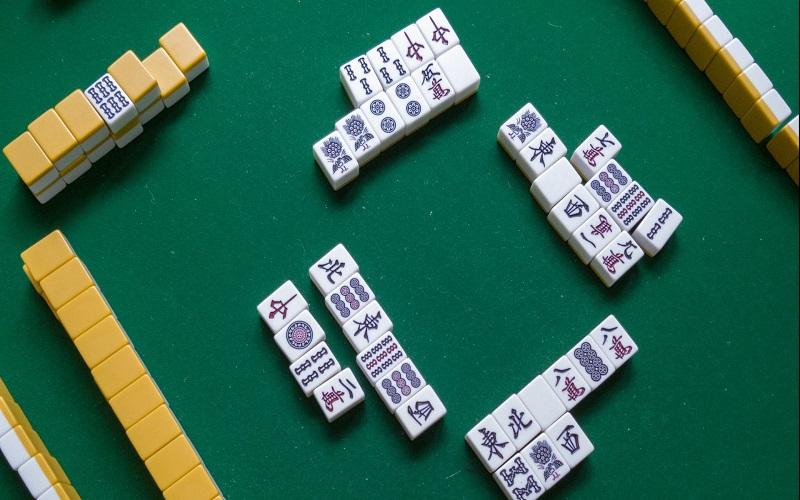Mahjong is a captivating game that has fascinated players across the globe for centuries. Originating from China, it combines skill, strategy, and a bit of luck, making it not just a game of chance but a test of intellect as well. With its intricate tiles adorned with beautiful designs and symbols, Mahjong provides an immersive experience that goes beyond mere gameplay.
The social aspect of playing Mahjong adds another layer of enjoyment, often bringing friends and family together around the table. In this beginner’s guide, we will delve into the various aspects of Mahjong, including its history, rules, strategies, and etiquette. Whether you are completely new to the game or have had some exposure, this comprehensive guide aims to equip you with all the essential knowledge needed to confidently engage in this timeless pastime.
The History and Evolution of Mahjong
Understanding the history of Mahjong can significantly enhance the appreciation of the game. Its origins trace back to 19th century China, where it was believed to be derived from a Chinese card zbet game called “game of the four winds.”
Origins of Mahjong
The exact origins of Mahjong remain somewhat unclear, yet several theories exist regarding its inception. Some historians argue that it emerged during the Qing Dynasty, while others attribute its evolution to earlier forms of games played in ancient China.
The term ‘Mahjong’ itself translates to “sparrow,” which is reminiscent of the sound made by the tiles when they are shuffled. Early iterations of the game utilized cards instead of tiles and were reserved for the elite before evolving into the tile-based version we recognize today.
Mahjong spread rapidly throughout China in the late 19th and early 20th centuries, driven by the increasing popularity of recreational activities among the populace. As the game garnered attention, it underwent various adaptations, leading to regional variations that reflect local culture and traditions.
Spread to the West
By the early 20th century, Mahjong made its way to the West, particularly to the United States, where it gained a massive following in the 1920s. American versions of the game emerged, incorporating different rules and aesthetics. This Western adaptation often included simplified tile sets and a unique scoring system, which diverged from traditional methods used in China.
As Mahjong continued to evolve, it became a popular pastime in many countries, each adding its own flavor to the game. The influence of globalization has contributed to the emergence of numerous regional variants that coexist alongside one another, creating a rich tapestry of Mahjong culture.
Cultural Significance
In Asian cultures, Mahjong is more than just a game; it embodies social interaction, familial bonds, and even spiritual beliefs. Traditionally played during festivals and family gatherings, Mahjong serves as a means to strengthen relationships and foster community spirit. The game also finds a place in literature and art, symbolizing the intricacies of life and the balance of fortune and misfortune.
The cultural significance of Mahjong extends beyond mere entertainment; it encapsulates lessons about patience, strategy, and foresight. Players often develop a deeper understanding of their opponents through reading their moves, mirroring the complexities of human relationships both on and off the table.
